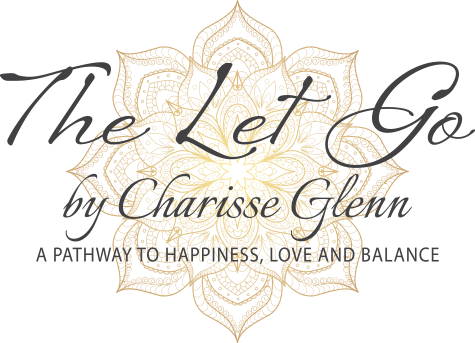Silence can be deafening for many. We fidget, get agitated, and fill the silence with activity and noise. Allowing our thoughts to come and go without attachment can cause emotions to arise and anxiety to spread, so we continue the chatter, the white noise, and any distraction to avoid the discomfort.
To become comfortable in quiet, we must examine our apprehension of it. True silence is impossible; sounds are everywhere in the city’s bustle or deep within a forest. Yet, through purposeful quiet, which is minimizing intentional noise, we can create safe spaces to start.
When I was 19, I moved to Maui and lived off the grid for several years. It was indeed a back-to-nature experience. There was Kikuyu grass creeping through the walls of the shack that I lived in until I remedied it with siding, geese outside the front door, frogs in the stream, and rats living in the trees. Who knew rats lived in trees?! I learned to adapt to the local inhabitants and moved through my fear of spiders and the giant cockroaches that would fly into my hair, yet, aside from those menaces, the peacefulness was amazing.
The serenity was reminiscent of being on the top of a mountain or a horse in the wilderness. But those were fleeting moments. This was something more.
The first thing I noticed was the calmness I felt within. With no electricity humming in the walls, my senses changed. There was no TV, radio, power tools, or electric appliances unless we turned on the generator or an inverter to use them.
With the limited time of the power sources, I loved the purposeful intention of using electricity so that I would plan its use strategically.
Although I had begun a meditation practice a few years prior, thanks to my brother gifting me a transcendental meditation initiation, it took my understanding of quietness to another level.
It didn’t take me long to relax into the vibration of the land. I had always realized I was sensitive to things, but I had no idea how greatly electricity affected me. As no electricity became the norm, my sensitiveness to it grew. After spending time in the electrified world, I sought the tranquility of the land and my little shack.
Silence is the reset button for our souls. It is the pause, the comma between thoughts, and the period at the end of a sentence.
Becoming comfortable within silence taught me to become a reasonable observer, without expectations, without judgment, but getting there often meant shedding the desire for more.
Learning to embrace silence is a learned skill. However, purposeful quiet need not exist only in a shack on Maui. It is possible in our daily life with the deliberate use of our devices and the letting go of our need to fill each moment with something.
When we find an activity we love to do away from distractions, purposeful quiet becomes easy. Mindful movement decreases the need for more.
Practicing silence also has added benefits.
Meditation reprograms our neuropathways and doesn’t take hours each day. There is a cumulative effect; our ability to handle stress and our ability to focus increases and depression, anxiety, and sleep disorders may lessen little by little. Long-term shifts in the brain may positively affect our cognitive skills, overall health, and higher empathy, resulting in sharpened perceptiveness.
We can begin the practice of purposeful quiet with baby steps. Often when we turn off the noise, we may feel agitated. Start slowly; while doing the dishes, turn off the TV; while driving, turn off the radio or while walking or riding your bike, don’t listen to an iPod. Observe your reactions.
Once your agitation lessens, you can progress to another level of purposeful quiet.
Sit in a chair, and turn off all devices. Close your eyes, taking a few deep breaths. Then breathe. Don’t control your breath; allow it to come and go. Instead of trying to do nothing, let your attention hear the room’s sounds. Is the window open? Can you hear birds in the trees? Are the neighbors speaking? Do you hear car horns or perhaps airplanes overhead? Allow your mind to wander, taking in the sounds and then moving on, not attaching to any one thing. Be the observer.
Reaping the benefits of quiet comes slowly, yet once your practice begins, you will find your desire to return to silence when the day gets hectic. When our thoughts begin to lessen, and our being is just that: being, we will know that the silence is starting to work.
There is power in the silence; within the calm truth speaks; all we have to do is listen.
Solitude is the space where it is possible to discover the very essence of one’s own being, what is utterly original and uniquely woven into the fabric of one’s being.
~Bernadette Flanagan





